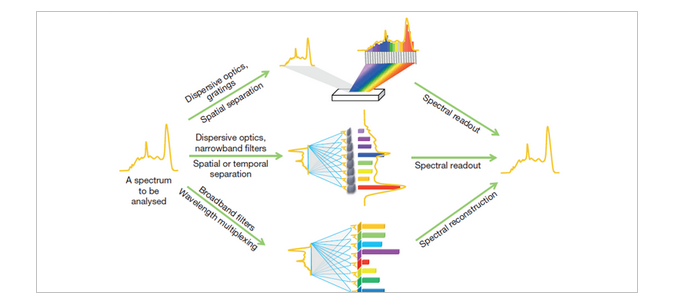Jie Bao

|
- Associate Professor
- Supervisor of Doctorate Candidates
- Supervisor of Master's Candidates
- Name (Simplified Chinese):Jie Bao
- Name (English):Jie Bao
- E-Mail:
- Date of Employment:2013-11-29
- School/Department:Department of Electronic Engineering, Tsinghua University
- Administrative Position:Associate Professor
- Education Level:Postgraduate (Doctoral)
- Business Address:Tsinghua University, Haidian District, Beijing, 100084
- Contact Information:010-62784374
- Degree:Doctoral degree
- Professional Title:Associate Professor
- Status:Employed
- Alma Mater:Brown University
- Teacher College:DZGCX
 Contact Information
Contact Information
- ZipCode:
- PostalAddress:
- OfficePhone:
- Email:
- Research Focus
Quantum Dot Spectrometer Technology
Our research is primarily centered around two themes—miniaturized spectroscopy tools, and colloidal quantum dots. The two seemingly unrelated fields are entangled through our invention of the Quantum Dot Spectrometer [1] and our interdisciplinary research. We aim to reinvent various analytical tools, to bring down their size and cost, and to convert them into convenient and ubiquitous sensors.
Spectroscopy is carried out in almost every field of science, whenever light interacts with matter. Although sophisticated instruments with impressive performance characteristics are available, much effort continues to be invested in the development of miniaturized, cheap and easy-to-use systems. The quantum dot spectrometer approach offers a promising solution with a series of advantages ranging from size, to performance and cost aspects.
The material foundation of such an approach is a type of nanomaterial called colloidal quantum dots, which are semiconductor nanocrystals that are a few nanometers across. The most unique property of such materials is that their semiconductor band-gaps (thus colors) can be tuned continuously, finely, and easily across a very wide spectral range simply by tuning the size of such nanocrystals. One focus of our research is to develop ways to exploit this unique and precious property of quantum dots. The quantum dot spectrometer is a good example of this kind.

Comparison of spectrometer mechanisms
(Top: Currently, the most widely used spectrometer mechanism, which is based on gratings. Bottom: The mechanism of quantum dot spectrometers. Center: Mechanisms used by most other spectrometer approaches to date.)
Some of the related topics that are of interest to us include:
Nanomaterial and nanostructure based novel optoelectronic devices and applications.
Chemistry and physics of nanostructured materials.
Engineering process for device fabrications.
Algorithmic study for spectroscopic data analysis and spectral image processing.
Quantum dot spectrometer based applications (e.g. Artificial nose; PM2.5 Detection; Ubiquitous sensors; Wearable electronics; etc.).
Spectrally resolved super resolution microscopy.

